
HERITAGE
Discovering Korea's Architectural Heritage
Korea’s traditional and modern architectural marvels provide a rich cultural experience for travellers
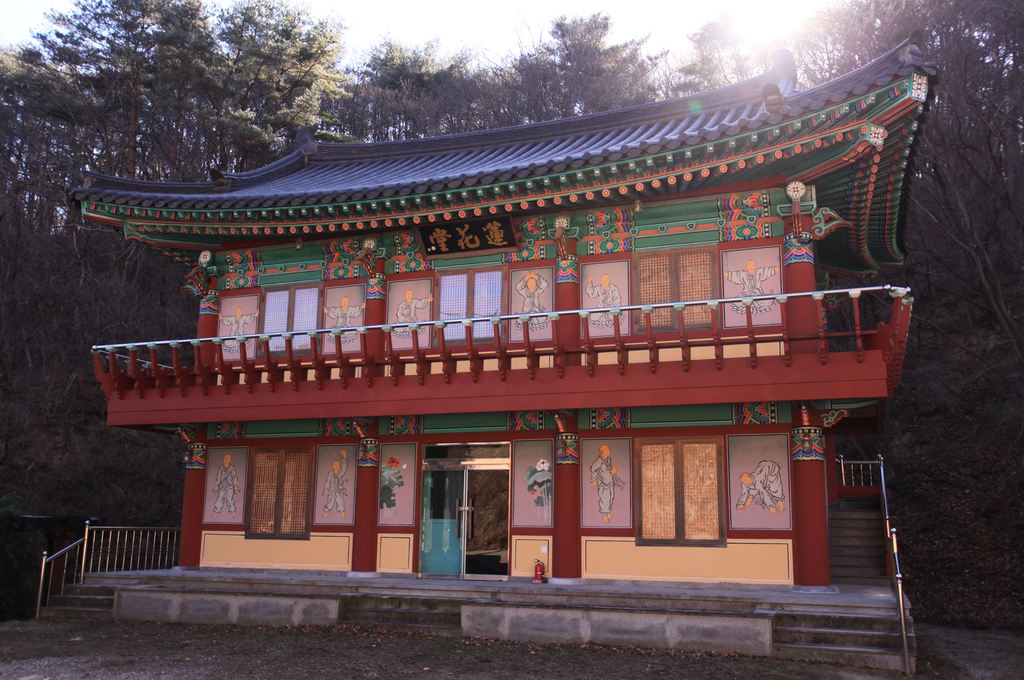
Gyeongju Golgulsa Temple (경주 골굴사)
This unique temple stay offers visitors a chance to combine Hanok living with dynamic activities like Seonmudo, a traditional Buddhist martial art, and seaside meditation. With English-supported programs, it provides an accessible and enriching experience for international travellers seeking cultural immersion in Korea.
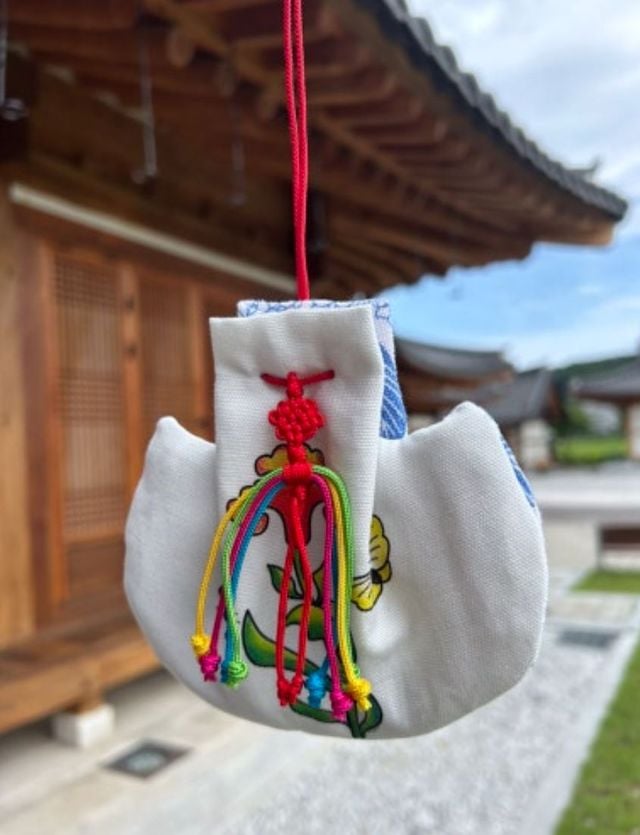
Ojuk Hanok Village (오죽한옥마을)
A hidden gem in Gangneung, this hanok village offers hands-on activities like tea ceremonies, yoga, and crafts. Guests can also stay overnight in traditional Korean houses. It’s a tranquil destination that blends historical charm with immersive cultural experiences.
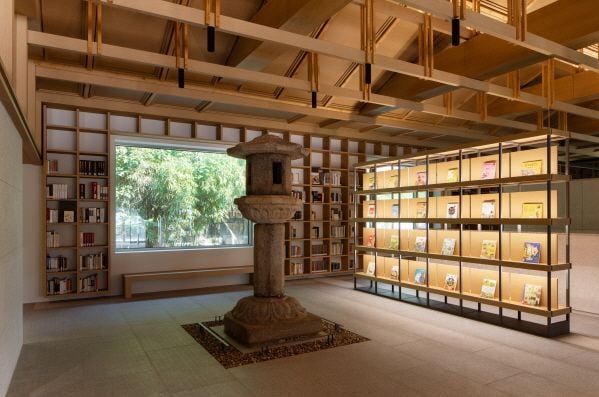
Silla Millennium Bookstore (신라천년서고)
This modernised library in Gyeongju reimagines traditional architecture with sleek design. Visitors can lounge on sofas while exploring cultural texts and unique exhibits. Its serene atmosphere and innovative layout make it a standout spot for history and book lovers.
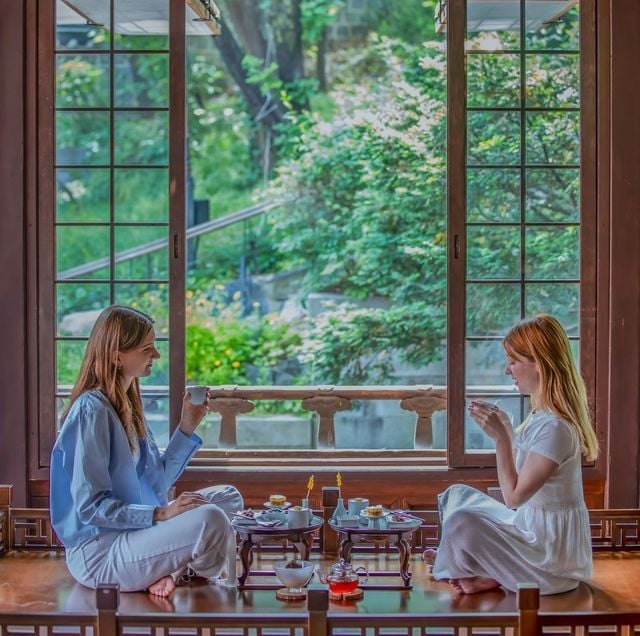
Korea House Gohojae (한국의집 고호재)
Located in central Seoul, Gohojae combines traditional desserts with royal court dance performances. The serene setting and modernised menu, including “tteok-macarons,” create a delightful experience. Its proximity to Chungmuro Station makes it easily accessible for tourists seeking cultural immersion.
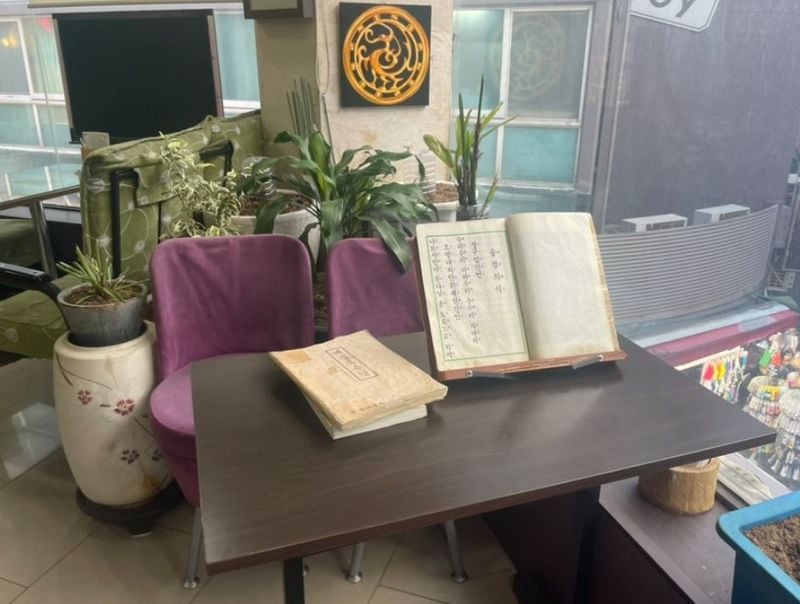
Dotong Saju Café (도통)
This Myeongdong café preserves the art of saju and tarot fortune-telling, offering visitors a chance to explore Korea’s mystic traditions. With experienced readers and multilingual support, it’s an engaging way to connect with Korea’s cultural heritage through personal insights and predictions.



